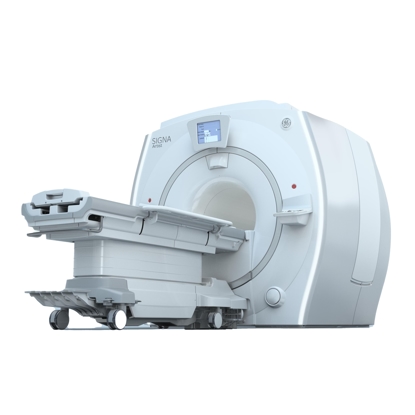Hendrick Health doctor shares four important steps if bitten by a snake
- Category: News, Hendrick Clinic
- Posted On:

During the warmer months, hospitals across the state experience an increase in emergency department visits from individuals with snake bites. Each year, approximately 7,000 venomous snake bites occur across the nation.
If bitten by a rattlesnake, copperhead or other native Texas venous snake, four quick steps are important for treatment and recovery, said Andy Russell, MD, emergency medicine physician at Hendrick Health.
- Get away from the snake.
- If possible and from a safe distance, get a photograph of the snake. Otherwise, note its appearance to describe to medical personnel, such as color, striping or other pattern, length and if rattlers were at the end.
- Wash the bite with soap and water if readily available.
- Call 911 and get medical attention immediately. Go to the nearest hospital as soon as possible. Urgent care clinics and freestanding emergency departments typically are not equipped to manage venomous bites.
Symptoms of a venomous bite can include:
- Severe pain around the bite.
- Swelling around the bite and of the affected limb.
- Severe bruising or even bleeding or oozing from the bite.
“Indications of a more severe bite include systemic symptoms of fever, difficulty breathing, vomiting or abdominal pain, chest pain, rash and altered mental state,” said Dr. Russell.
Snake venom can damage blood cells and blood vessels, leading to tissue damage. More severe complications can include heart, respiratory or kidney failure.
Treatment options can include local wound care to prevent secondary infection and, when indicated, intravenous administration of a specialized serum called antivenom to neutralize the venom’s toxic effects, said Dr. Russell.
“All Hendrick Health hospitals in Abilene and Brownwood have antivenom on hand,” said Dr. Russell. “Even most smaller hospitals in the region have at least enough antivenom to stabilize the patient before transferring to Hendrick, so in order to get treatment started right away, go to the closet hospital.”
Every native venomous snake in Texas, except the coral snake, is a pit viper, which means their venom is similar and can be treated similarly, said Dr. Russell.
Coral snakes have a more toxic venom, but these snakes tend to be docile and are also rear-fanged, which makes biting a human in a way that injects venom difficult, said Dr. Russell.
How the venomous bite affects the patient depends on several factors:
- The size of the individual
- The location of the bite
- Patient’s baseline health status
“The earlier the treatment, the better,” said Dr. Russell. “Antivenom is less effective the later it gets.”
Recovery time from a venomous snake bite can vary – from same-day treatment and discharge from an emergency department to months-long hospital stays and multiple surgeries, said Dr. Russell.
(Photo: Copperhead snake)



